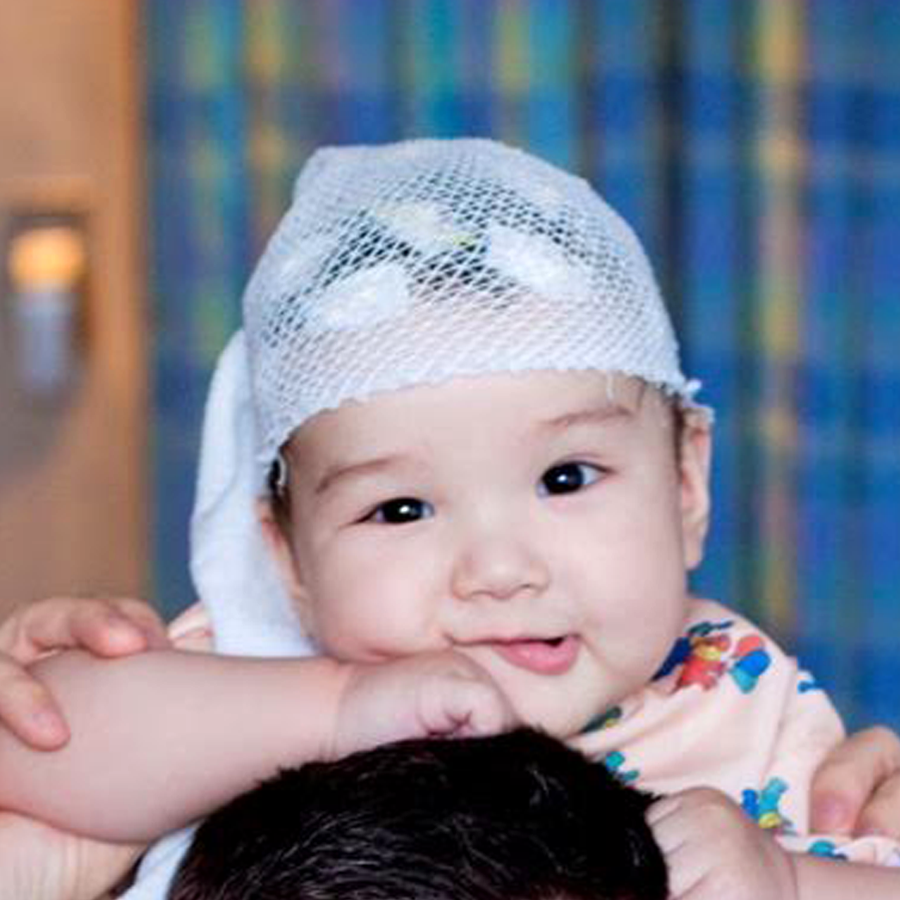
Our son was born full-term with no complications, was very healthy, and developed on track during his early months.
One evening, he dropped his head abruptly about 4 times, crying. Then, he burped. Maybe it was just gas.
But the next evening, it happened again…and then a third night, around the same time every night. Something didn’t feel right. After some online research, we found Infantile Spasms (IS)–categorized as a “catastrophic” childhood epilepsy with drastic consequences (30% fatality rate and 90% chance of significant developmental delays). But what were the chances he would have that?
The next morning, we managed to get a same-day neurologist appointment due to a cancellation. The check-up yielded very little, and the doctor was just sending us on our way, telling us that we shouldn’t worry too much, when our son went into his first ever seizure cluster.
We were promptly admitted to a hospital. What started as a 30-minute appointment to relieve our greatest fears turned into a week-long hospital stay that confirmed it instead. His EEG showed modified hypsarrhythmia. Our 5 month old baby was diagnosed with Infantile Spasms and our world changed forever.
Once that first seizure occurred, he continued to have more, like clockwork, clusters of them at a time, 30-40 per cluster, totaling almost 200 seizures a day. He was sedated for a brain MRI and it showed bilateral brain abnormalities from a possible in utero stroke.
While still in the hospital, we witnessed the regression of developmental skills that came with IS. He became like an infant, and lost the ability to hold up his own head. He stopped babbling and became silent, except for his cries. His arm started to fist up, his hamstrings stiff. In that same week, he was also diagnosed with cerebral palsy.
After trying several different medications, he finally beat the odds and his EEG eventually cleared. Months after his 1st birthday, he had his last seizure and was eventually weaned from his last medication as well. He started to vocalize again and took his first steps at two.
Although he is statistically likely to have more seizures in the future, we choose to live in the present, grateful for how far we’ve come. We cheer on each inch-stone, celebrate each season’s victories and take it one day at a time. Today, our son is still seizure-free and medication-free. He loves Legos, music, horseback hippotherapy, adaptive skiing, and is one of the happiest kids you’ll ever meet.
